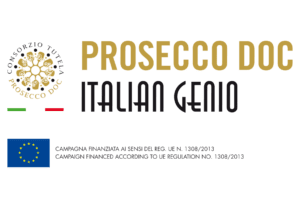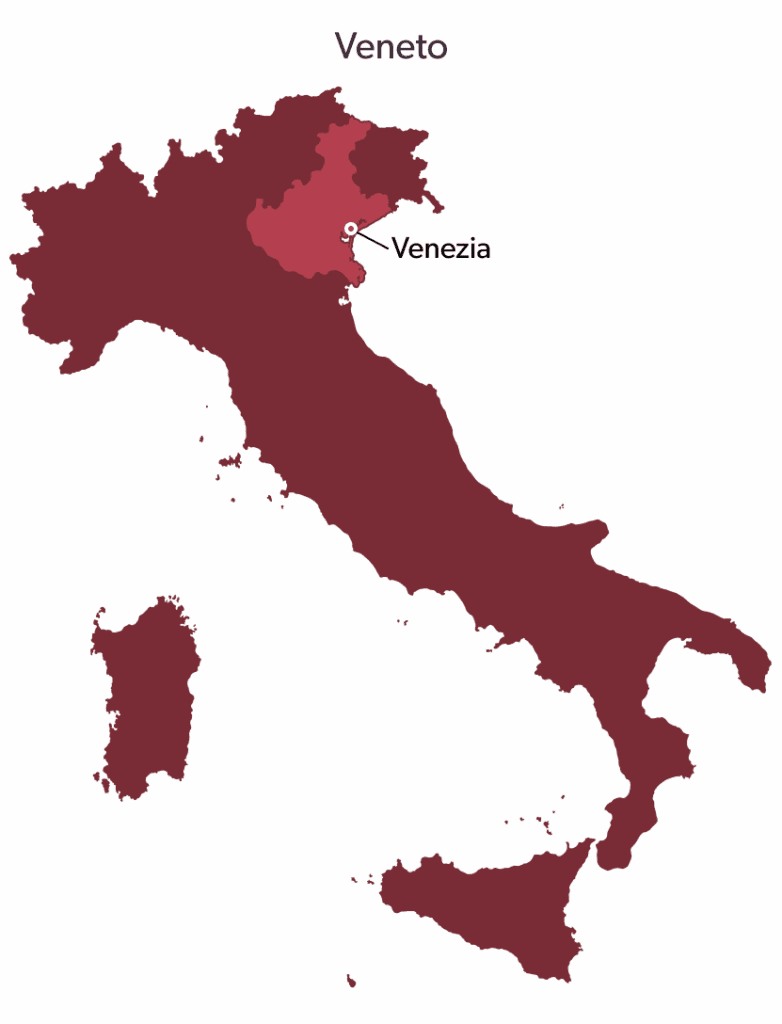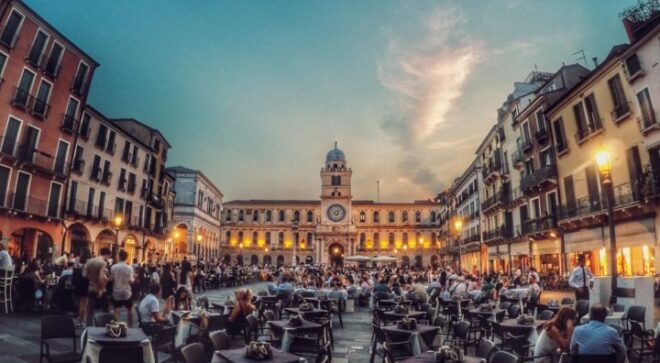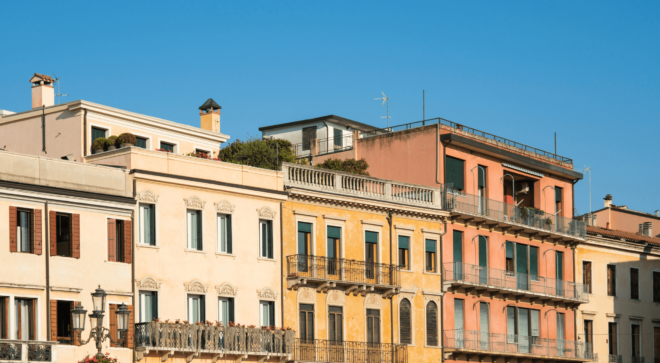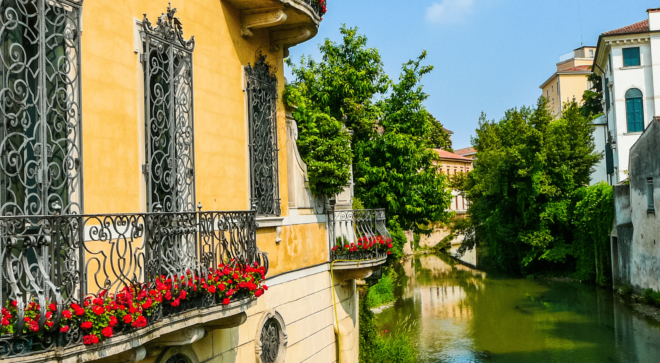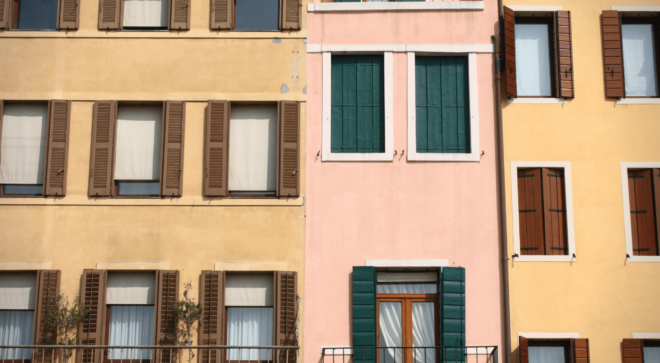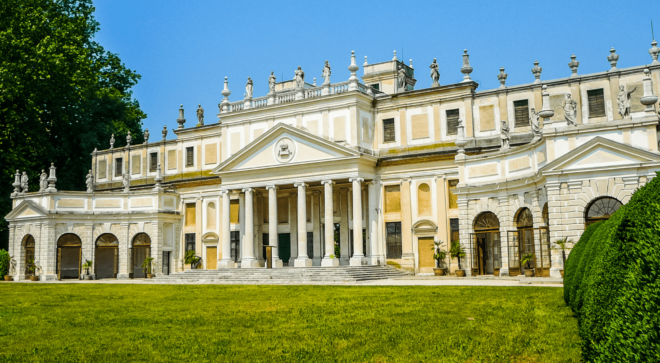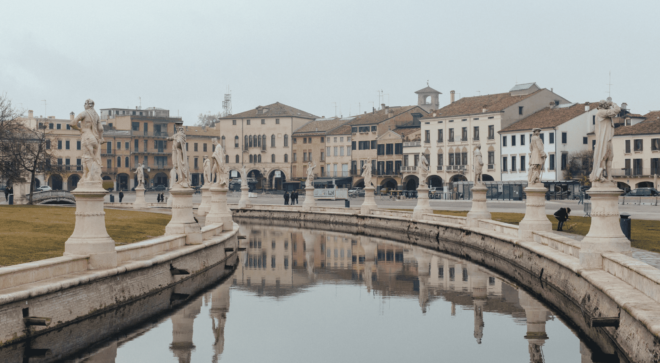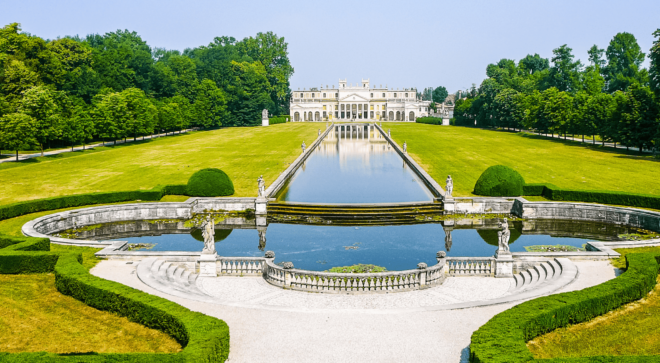- Territory -
- Wine
Discover Padua, the convivial city
The lands of Prosecco DOC are of ancient origin, dotted with castles and villas. Ancient populations redeemed wine culture as their own; however, legends prove that viticulture with cuttings brought from the Greeks was born in Padua. Cittadella has an ancient history but at the same time is a city where medieval architecture blends with modern construction. Just like Prosecco DOC, Padua has old traditions but is extremely contemporary!
Padua’s city-map was created, like many Italian cities, into expanding concentric circles. Starting from the first Paleoveneto nucleus, the urban development continued with the Roman Patavium, the medieval walled Padua, the Venetian Padua, surrounded by the circle of the sixteenth-century walls, including a metropolitan area almost joins those of the neighbouring municipalities. The development along the historic road axes has given the city a radial appearance with two rings: a ring road that runs outside the sixteenth-century walls and a ring road that, at some points, creeps into the city, following the route of the railway.
The north and west sides are surrounded by the railway line, and the south and east by the Brenta and the Bacchiglione. The two rivers, joined by a dense network of canals inside the city, are still navigable. Moreover, bridges and overpasses mark the territory and delimit the entrance and exit from the city.
According to tradition, the origin of Padua is legendary and noble: it was founded in 1185 BC. by the mythological figure of Antenore, who went up the Brenta river searching of a new home after escaping from Troy and drove the Euganei from this area, relegating them to the south, close to the volcanic hills that still bear their name.
Historical sources and archaeological finds, now exhibited in the Eremitani Museum, affirm that the first inhabitants of Veneto were the Euganei or Protoveneti, followed by the Paleoveneti and then the current Veneti or Eneti, a population probably coming from a northern area of Asia Minor (now Turkey) called Paphlagonia and, according to Homer, alongside the Trojans in the war against the Alliance of the city-states of Greece.
The Venetians permanently inhabited an area that roughly corresponds to the current Triveneto, even if some say that the Venetians occupied a vast area from the North Sea to the Adriatic.
Due to its position in the center of a fertile plain, the proximity of the already thriving city of Atheste (now Este) and the geographical confluence of communication routes that unite north and south, east and west, the town soon became a prominent center productive and commercial, famous for horse breeding and wool processing.
Now Padua is a lively and active city of over 200,000 inhabitants, whit a steady flow of tourists that come not only for the artistic and cultural aspects but also to enjoy the typical life of northern Italians.
No results found.
NULL00
No results found.
NULL00
No results found.
NULL00
NULL00
No results found.
NULL00
No results found.
NULL00
Follow us!
Photo gallery
